Laurel Hamers
Laurel Hamers was the general assignment reporter at Science News.

Trustworthy journalism comes at a price.
Scientists and journalists share a core belief in questioning, observing and verifying to reach the truth. Science News reports on crucial research and discovery across science disciplines. We need your financial support to make it happen – every contribution makes a difference.
All Stories by Laurel Hamers
-
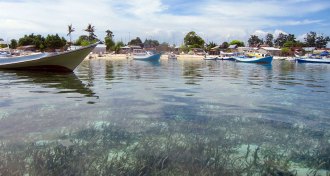 Ecosystems
EcosystemsSeagrasses boost ecosystem health by fighting bad bacteria
Seagrasses might reduce bacteria levels in ocean water.
-
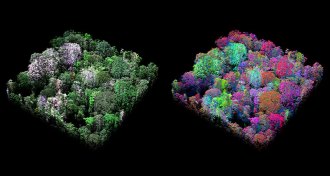 Ecosystems
EcosystemsMapping rainforest chemistry from the air reveals 36 types of forest
Aircraft analysis of tree chemicals reveals new biodiversity in the Peruvian rainforest.
-
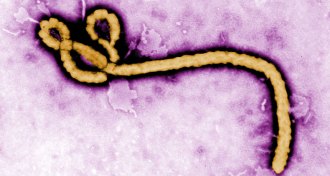 Life
LifeRapid Ebola test to detect early infection in the works
Scientists are developing highly specific antibodies to detect Ebola sooner.
-
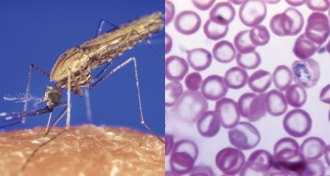 Life
LifeMalaria molecule makes blood extra-alluring to mosquitoes
Scientists have identified a molecule that draws mosquitoes to malaria-infected blood.
-
 Neuroscience
NeuroscienceIf chewing sounds irk you, blame your brain
People who find chewing and slurping sounds annoying have structural differences in their brains.
-
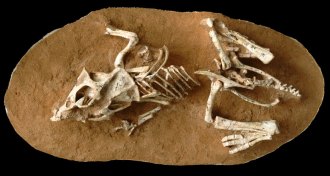 Paleontology
PaleontologyBaby dinosaurs took three to six months to hatch
Growth lines on teeth indicate a surprisingly long incubation period.
-
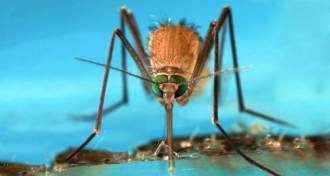 Life
LifeWhat a mosquito’s immune system can tell us about fighting malaria
Immune system messengers carried in microscopic sacs help mosquitoes fend off malaria, new research suggests.
-
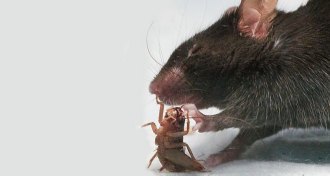 Neuroscience
NeuroscienceHow mice use their brain to hunt
Messages from the brain’s amygdala help mice chase and kill prey.
-
 Neuroscience
NeuroscienceFacial-processing area of brain keeps growing throughout childhood
Contrary to scientists’ expectations, a facial-processing area of the brain grows new tissue during childhood, an MRI study suggests.
-
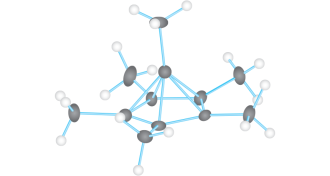 Chemistry
ChemistryCarbon can exceed four-bond limit
Scientists confirm structure of unusual molecule in which carbon bonds to six other carbon atoms.
-
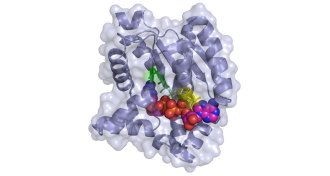 Life
LifeAncient enzymes adapted to a cooler Earth to keep life’s chemical reactions going
Ancient enzymes kept their speed at lower temperatures.
-
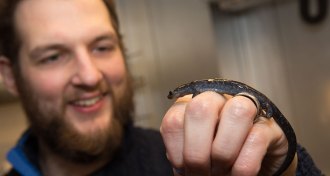 Animals
AnimalsFor some salamanders, finding a mate is a marathon
Small-mouthed salamanders will travel close to nine kilometers on average to mate, a new study finds.